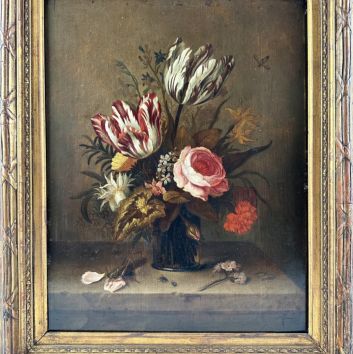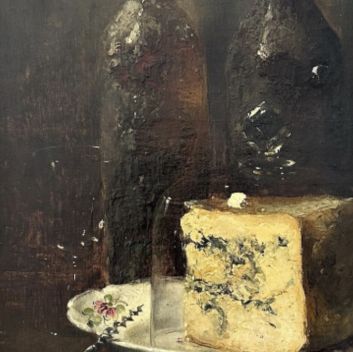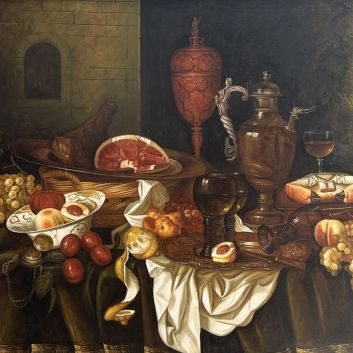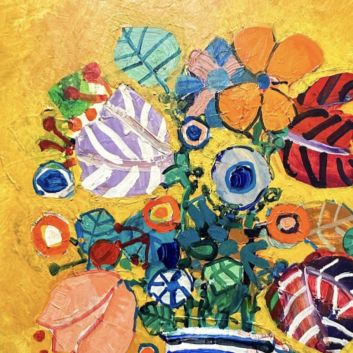Rating and value of paintings by Élise Bruyère
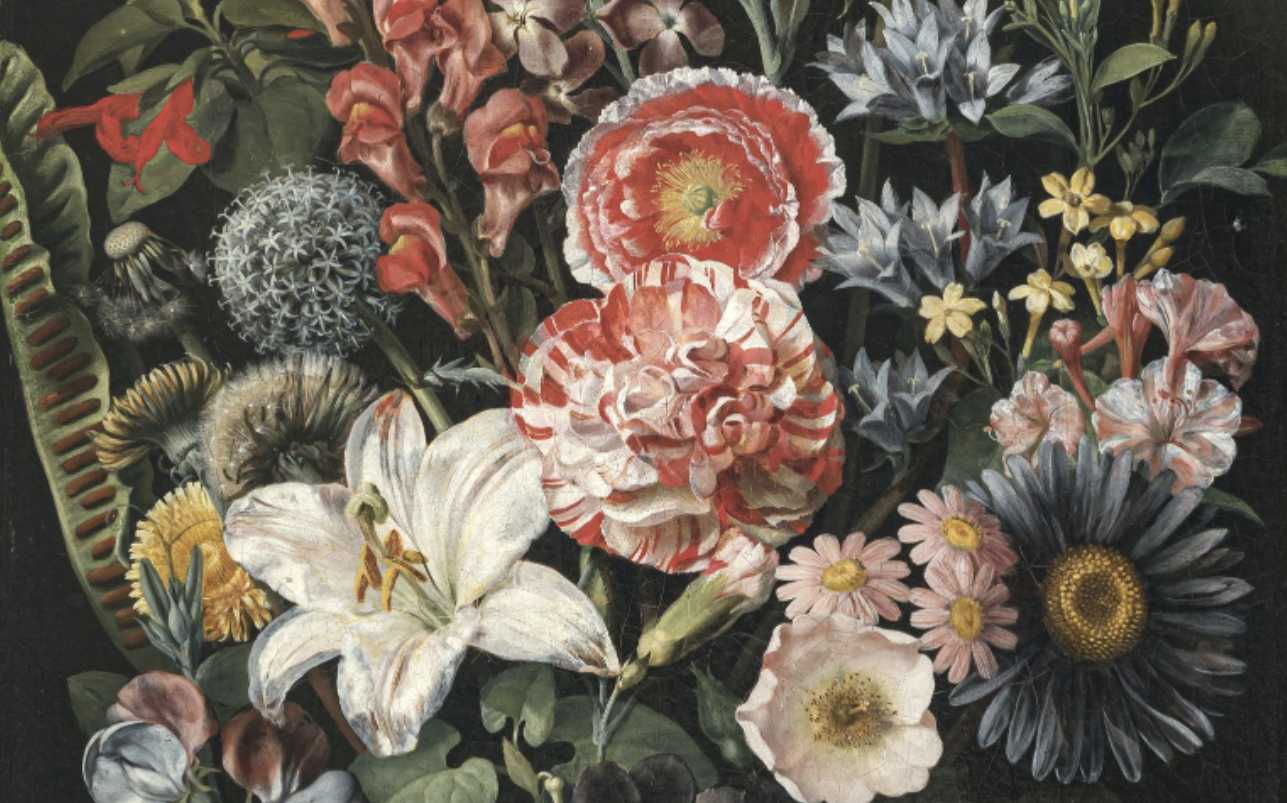
Artist Élise Bruyère's style and technique
In the 19th century, Élise Bruyère specialized in portraits and, above all, still lifes of flowers, and is best known for her sense of detail in her delicate portraits and still lifes, in which she demonstrates great mastery of the rendering of materials.
Pupil of Jean-Baptiste Jacques Augustin and her father, Jean-Baptiste Bruyère. She received careful training in the neoclassical tradition, as well as in miniature portraiture.
His work stands out in its time, and today, for its precision in detail and extreme finesse in the treatment of fabrics, flowers and objects, and with a meticulousness inherited from Flemish and Dutch painting.
Her color palette is soft and balanced, using light tones and subtle cameos, often bathed in a diffused light that accentuates the tenderness of her subjects.
She produced intimate, sensitive portraits, few of which have gone on sale today, with figures that are often feminine, depicted with elegance and restraint, in a calm posture, with a direct gaze and no excess of expression, which serves to reinforce their presence.

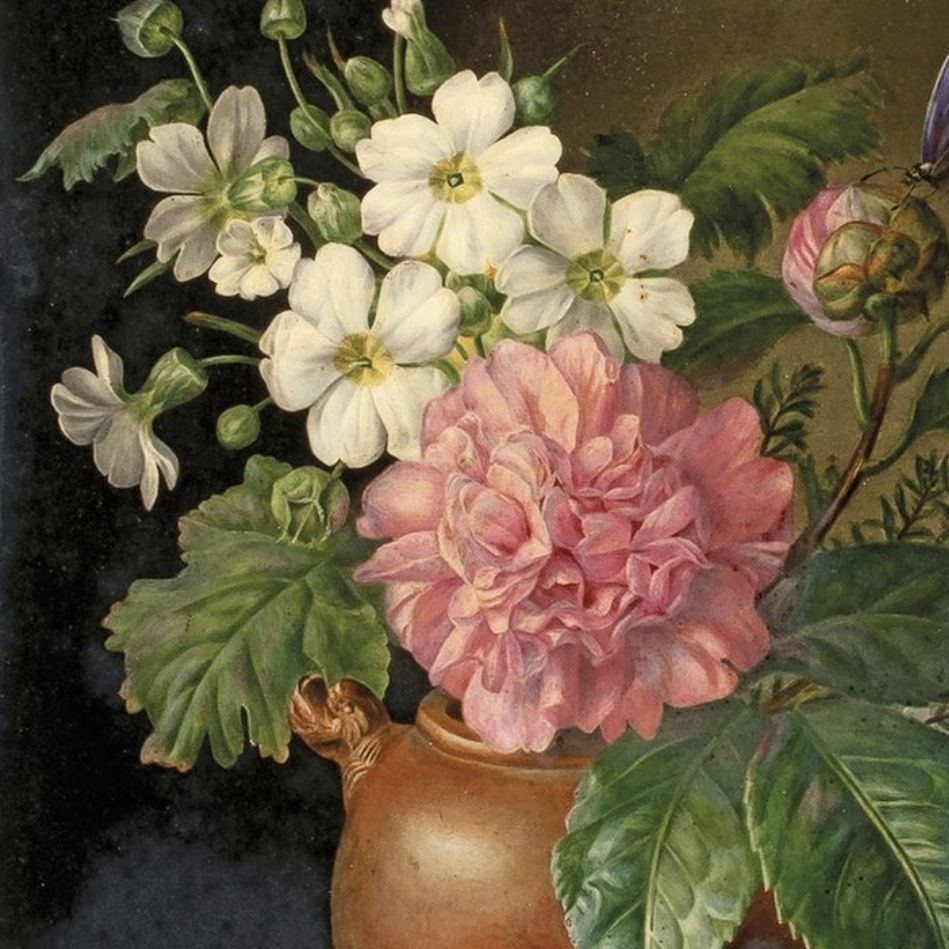
Élise Bruyère, a singular trajectory
Élise Bruyère, née Elisabteh Henriette Nicole Le Barbier (this name is sometimes found in the signature of her paintings), was a French painter born in Paris in 1776 and died in the same city in 1842.
She was the daughter of Jean-Jacques-François Le Barbier (1738 - 1836), a renowned writer, illustrator and painter of French historical scenes, who contributed to her artistic training.
His sister, Henriette Le Barbier, was also a painter.
She also studied miniature painting with Jean-Baptiste Jacques Augustin, and received advice from Jan Frans van Dael for her floral still lifes, which were to become a large part of her success and renown. Today, the artist's works are the most popular on the art market.
Early in her career, she therefore specialized in portraits and still lifes of flowers, and regularly exhibited her work at the Paris Salon between 1798 and 1844. She was awarded a second-class medal in 1827 for a painting of flowers, becoming the first woman to receive this distinction in this genre.
Notable works include Vase de fleurs (1836 - Musée du Louvre), Fleurs dans un vase et branche de prunier sur une tablette de marbre (1817 - Musée des Beaux-Arts de Lyon), Fleurs dans une corbeille (1833 - Musée des Beaux-Arts de Rouen) and Portrait de Louis Bruyère (circa 1809 - 1815 - École nationale des ponts et chaussées).
She married Louis Bruyère (1758 - 1831), who was Inspecteur Général des Ponts et Chaussées and Directeur Général des Travaux Publics de Paris from 1809 to 1820. Her descendants also include Cécile Bruyère, who was the first abbess of the Sainte-Cécile de Solesmes abbey.
She died on August 21, 1842, aged 66. Her work was dispersed at auction the year of her death. Today, her works are kept in several museums in France, but many are still privately owned.


Focus croisé: flower vases by Élise Bruyère and Anne-Vallayer Coster
In Vase de fleurs (1836 - Musée du Louvre), Élise Bruyère presents a compact, floral composition in which the bouquet is centered, well contained in the vase and placed on a neutral surface, creating an effect of stability and restraint.
The soft palette used by the artist (pastel tones, pinks, whites, greens) contributes to a softness without violent contrasts.
The light is diffused, spreading over the entire composition, bringing out the material of the petals and the plant textures.
The artist's style combines botanical observation and pictorial aesthetics.
The background is restrained enough to accentuate the delicacy of the subject.
The Flemish influence is filtered through the sensibility of the 19th century, and the realism is calmer, more tender and less demonstrative than that of his predecessors.
In another Vase de fleurs (1775 - private collection), Anne-Vallayer Coster imagines a theatrical composition, with overflowing effects, stems protruding from the frame, flowers leaning over and a sensation of overflowing.
The artist's palette is vivid and contrasting, the colors saturated, Vallayer-Coster plays on oppositions of red, yellow and blue to capture the eye.
This work demonstrates her mastery of dramatic light.
The lighting she uses is more contrasted, with sharp shadows that shape shapes and give relief. This work reflects a breathtaking technical virtuosity: the entire composition is designed to achieve brilliance, with highly advanced textural effects (satin-finished petals, metal vases).
There is a certain Rococo influence in the decorative refinement and the concern to please an aristocratic elite. Vallayer-Coster thus asserted a feminine identity in a reputedly minor genre, and imposed still life painting in the Salons, despite prejudice.
Through these two vases of flowers, two women artists from different eras have demonstrated their mastery of a genre traditionally reserved for men or considered "minor" (Henri-Fantin Latour dominated it during the 19th century, and other men such as Paul Aïzpiri made the most of it in the 20th century).
They treated still life differently: Vallayer-Coster favored brilliance and richness, while Bruyère preferred peaceful observation and sobriety. Vallayer-Coster's nature is abundant and spectacular, while Bruyère's is calm, classified and almost scientific.
Their relationship to reality also differs: for Vallayer-Coster, it's the effect that's sought, the luxury of meaning, while Bruyère approaches a quieter contemplation.
These two works also reflect different cultural contexts: while Anne Vallayer-Coster worked for a glittering court (Queen Marie-Antoinette), Bruyère painted in a more bourgeois society, attentive to detail.
Recognizing the artist's signature
Élise Bruyère often signs her name at the bottom of her drawings or oil paintings. Copies may exist, which is why expert appraisal is important.
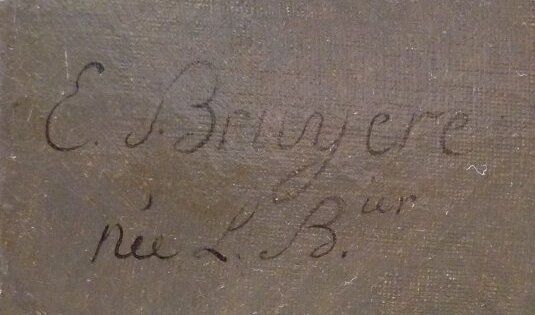
Knowing the value of a work
If you happen to own a painting by Élise Bruyère or one based on the artist, don't hesitate to ask for a free estimate using the form on our website.
A member of our team of experts and certified auctioneers will contact you promptly to provide you with an estimate of the market value of your work, as well as any relevant information about it.
If you're thinking of selling your work of art, our specialists will also be on hand to help you find alternatives for selling it at the best possible price, taking market trends into account.
Response in less than 24h
Related topics

Value and quotation of Émile Gallé's earthenware works
Nineteenth-century artist Émile Gallé produced a considerable number of works, notably in earthenware. Their vote is high. Estimated in 24h.
Read more >

Rating and value of works, paintings by Félix-Joseph Barria...
Rating and value of works, paintings by Félix-Joseph Barrias
Read more >
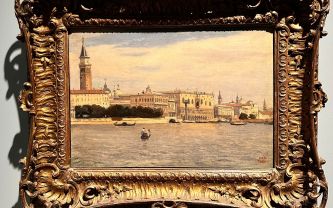
Valuation and value of Jean-Bapti's works, drawings, paintings...
Corot was a landscape painter, founder of the Barbizon school which produced drawings and oils on canvas that were highly valued at auction.
Read more >
Secure site, anonymity preserved
State-approved auctioneer and expert
Free, certified estimates
